|
I spent a while before breakfast photographing the birds at the edge of the lagoon from the beach. There were six species of heron here, not as many as there can be during the winter, as well as Yellow-throated Warbler, Northern Waterthrush, Black-necked Stilts, Belted Kingfisher and Spotted Sandpiper. We got Russell to take us with his horse and trap up to the start of the Cerro de Yaguajay trail to save us the walk along the road to get there. We were still struggling to acclimatise to the 35⁰C and high humidity each day and its a nice way to travel and see lots on the way. We passed a house that still had its hurricane protection in place and left Russell in the shade whilst we walked on up the trail. We'd intended to go further than we did but that was because we came across a large patch of Varronia bushes in flower that had lots of butterflies nectaring. Even more exciting was a day-flying Hawk-moth or Clearwing as Americans call them. Frustratingly although it was close I got no pictures as it darted from flower to flower and didn't stay long. I'm certain it was a Hemaris sp and probably Hemaris thysbe or Hummingbird Clearwing. No Hemaris have been recorded here before so this was new for Cuba! H. thysbe is double-brooded and widespread in N America down to Florida and is a known long distance migrant. Perhaps this was another product of Hurricane Irma, and how annoying that I didn't manage to clinch the identification. Some of the Cuban Kite Swallowtail Eurytides celadon were starting to look very worn. They soon lose the blue scales and then look very different in flight but it was nice to see up to a dozen nectaring together at once. Just next to the hotel is a small sewage works that has three settlement tanks. On our first visit the grass was long and ungrazed and great for grassland butterflies but since then it has been increasingly grazed by goats and now horses which is a great shame. We do however always check for birds to see what waders and ducks are there. On this occasion there were Black-necked Stilts, 1 Turnstone, 2 Least Sandpiper and 2 Killdeer. The tanks contain lots of Cuban Slider Trachemys decussata but they are very wary and difficult to approach. At the stables just outside the entrance to the sewage works was a pair of Shiny Cowbird feeding, singing and displaying on one of the horses. This is the first time we have seen them here though Carlos did point out one a couple of years ago at the Paradisus hotel. Later near our room we found a longhorn beetle Eburia stigma which we have seen it before.
0 Comments
Leave a Reply. |
Welcome to our Blog
Here we will post interesting news about what we and others have seen in Cuba. Archives
July 2024
Categories |
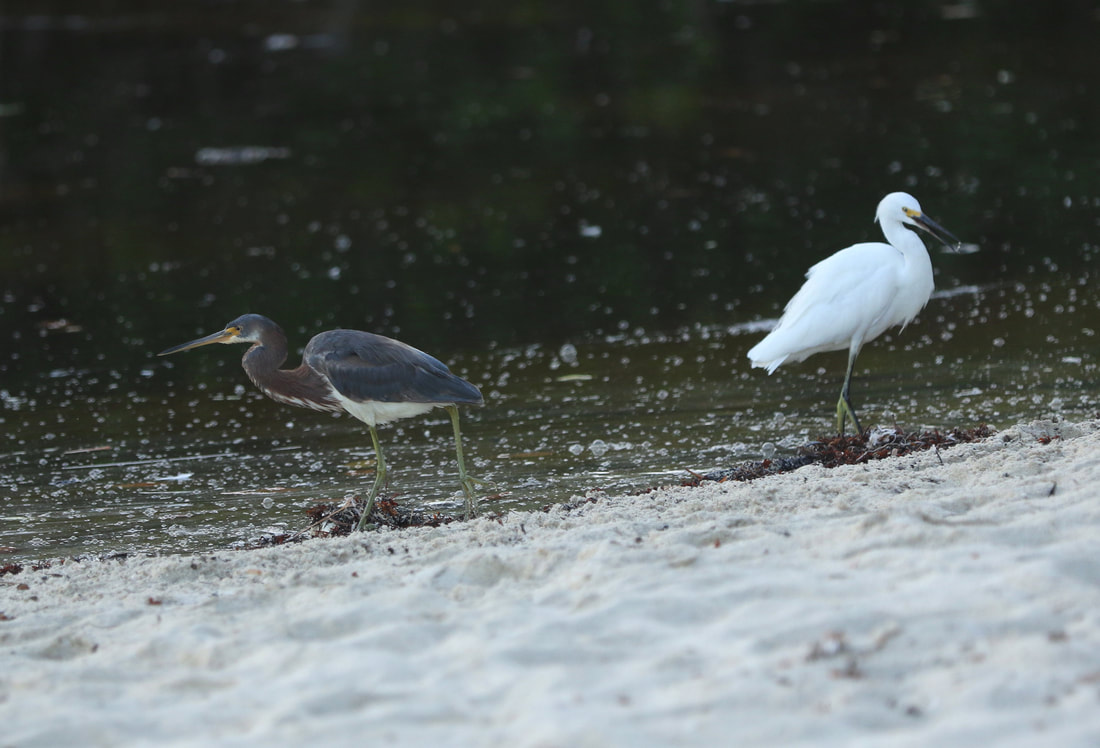
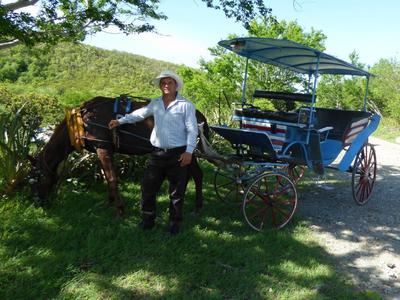
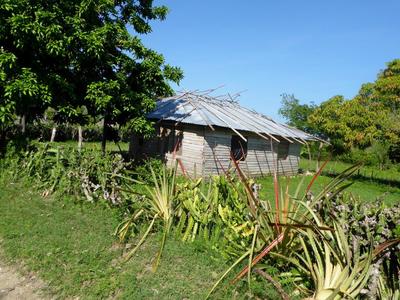
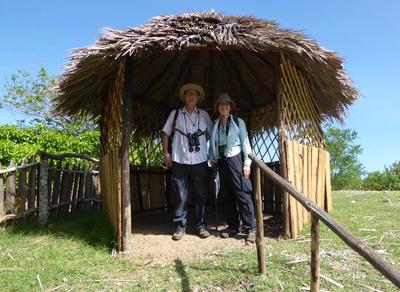
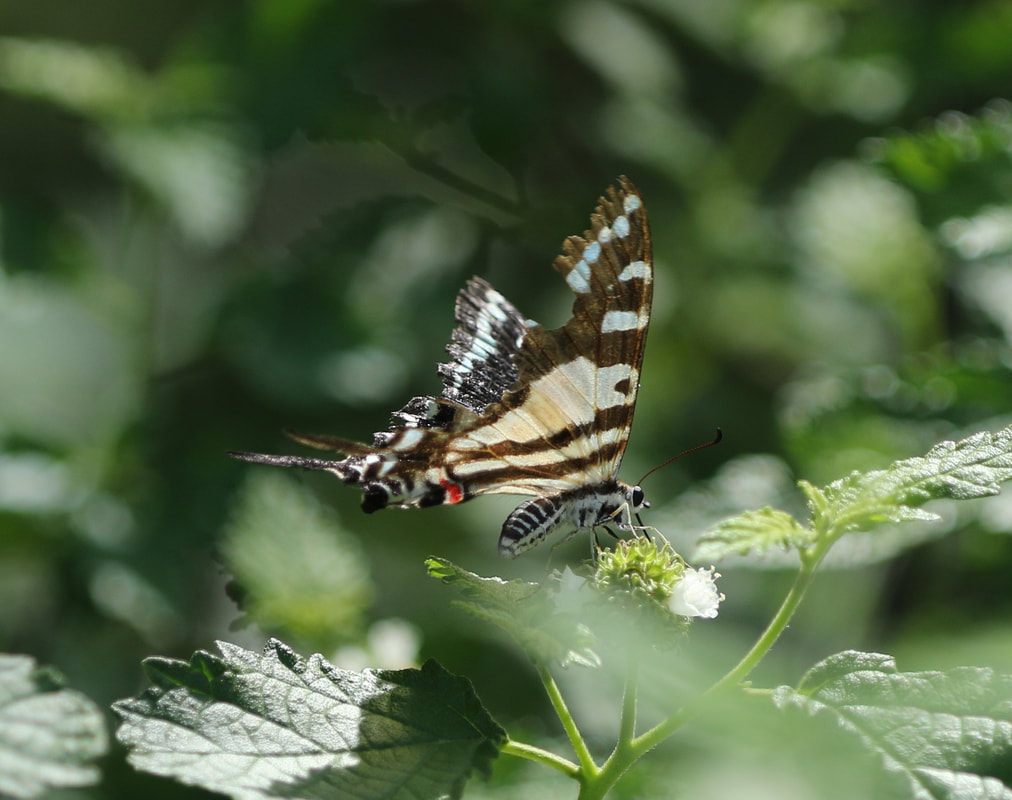
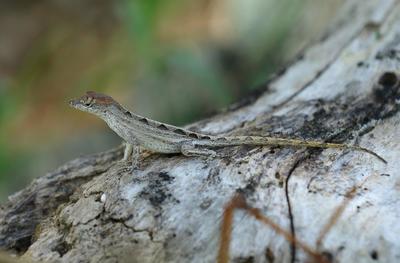
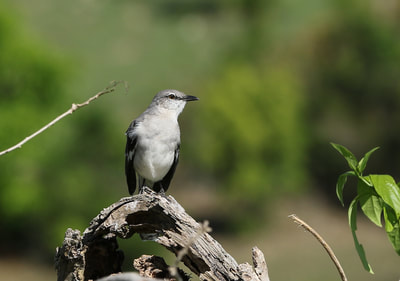
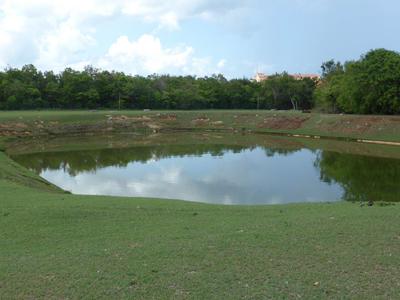
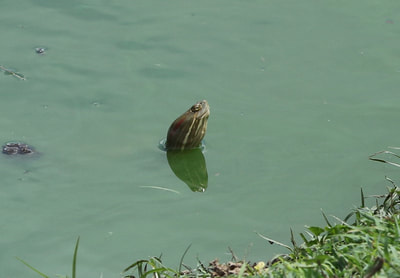
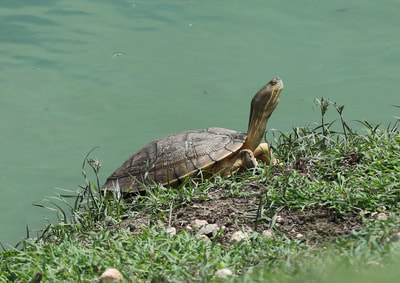
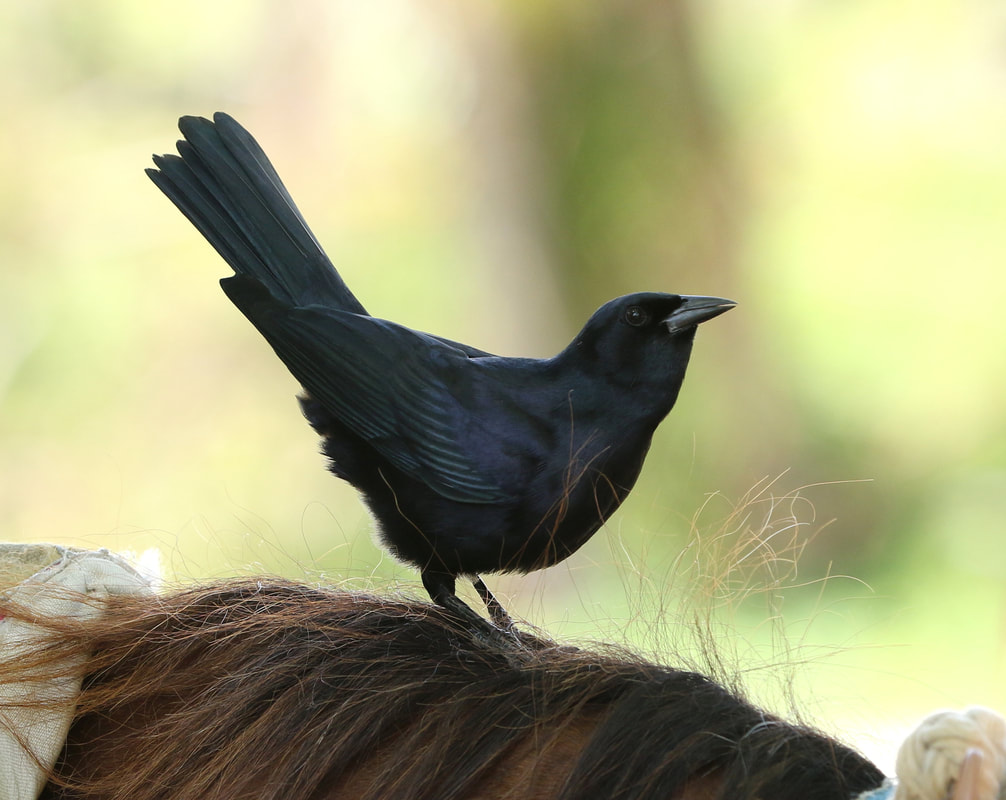
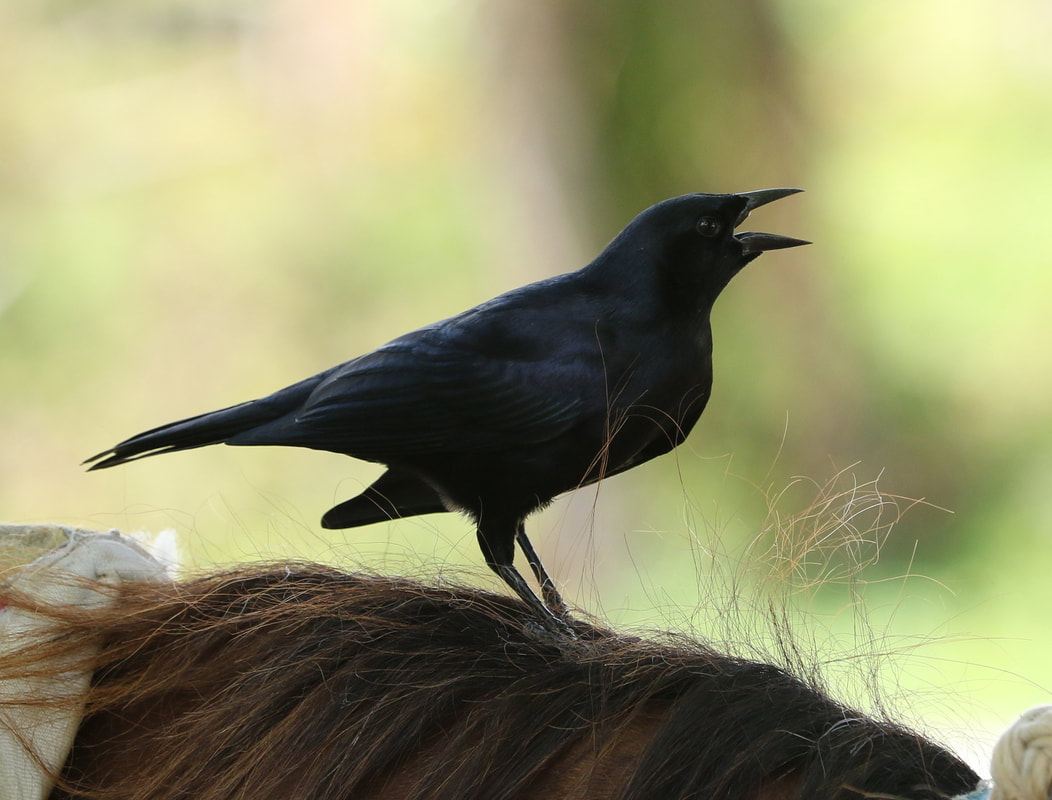
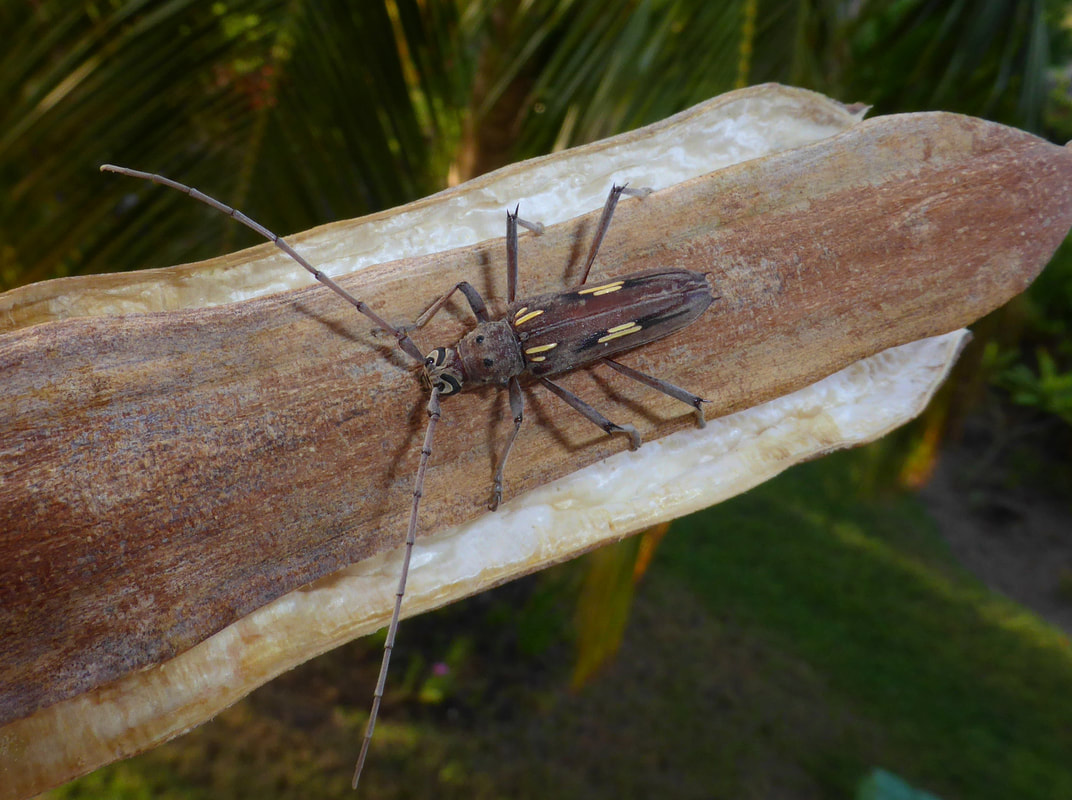
 RSS Feed
RSS Feed